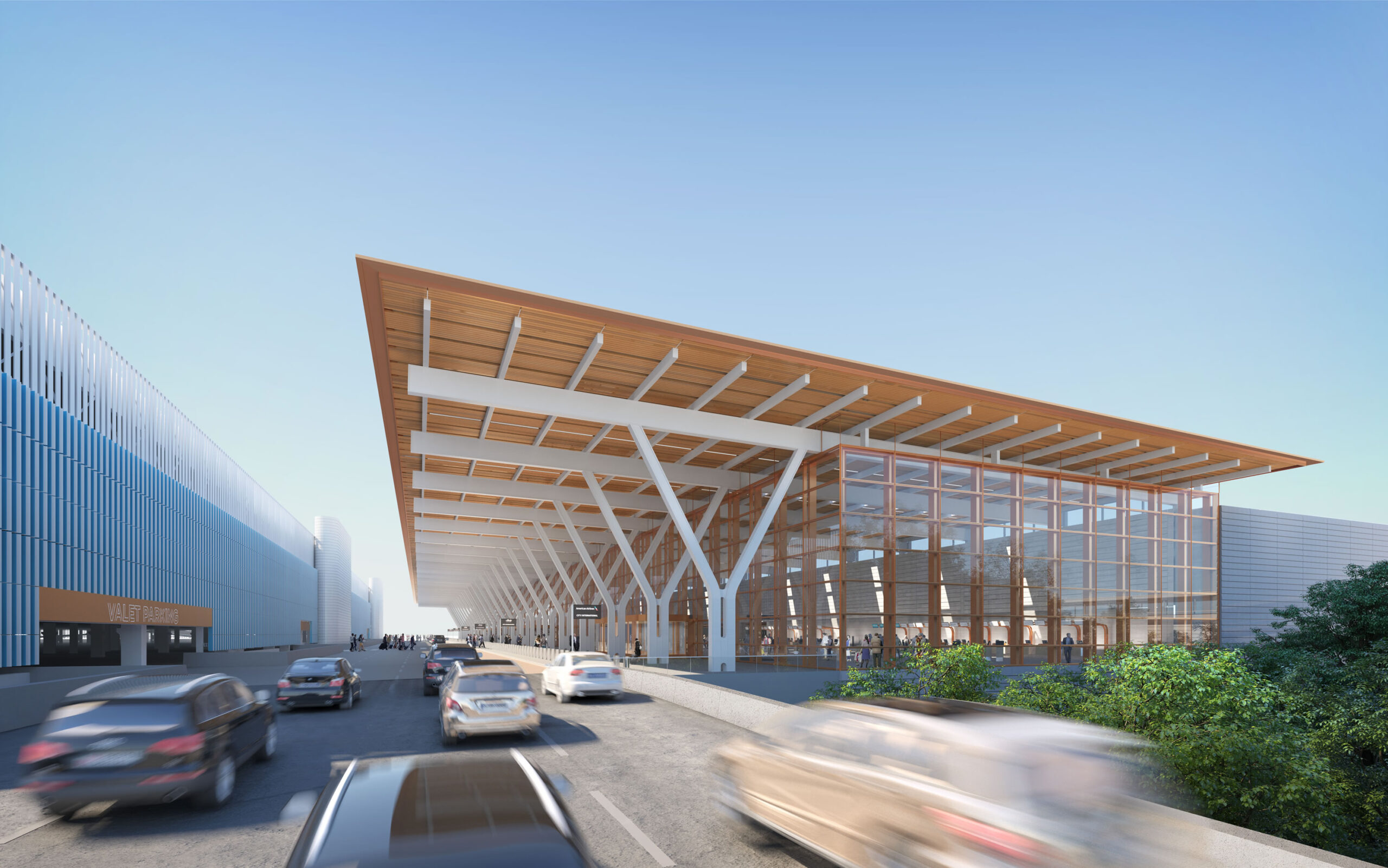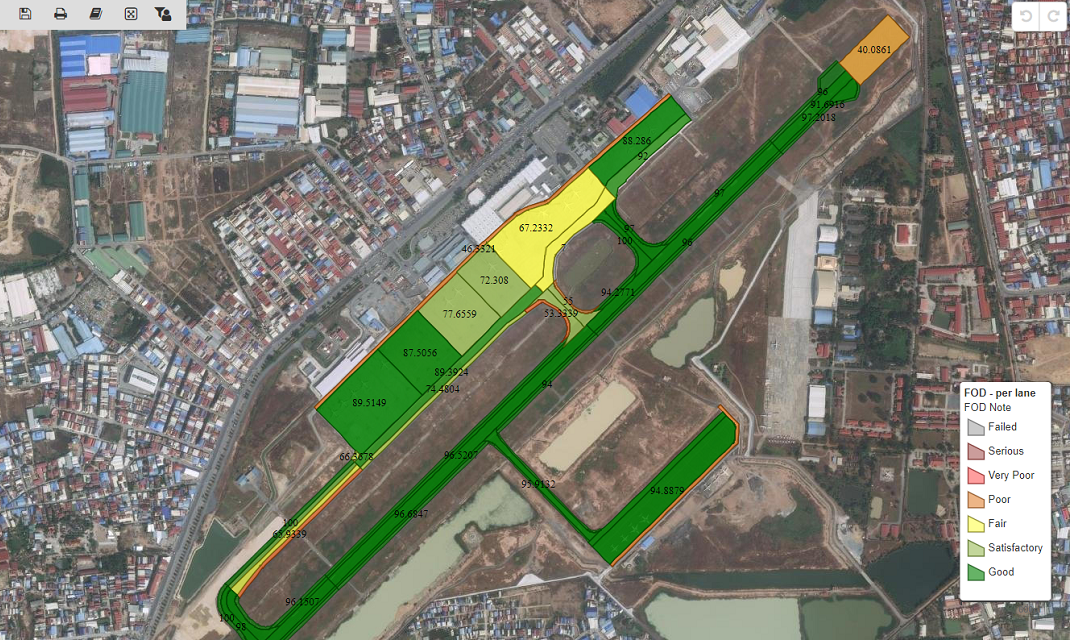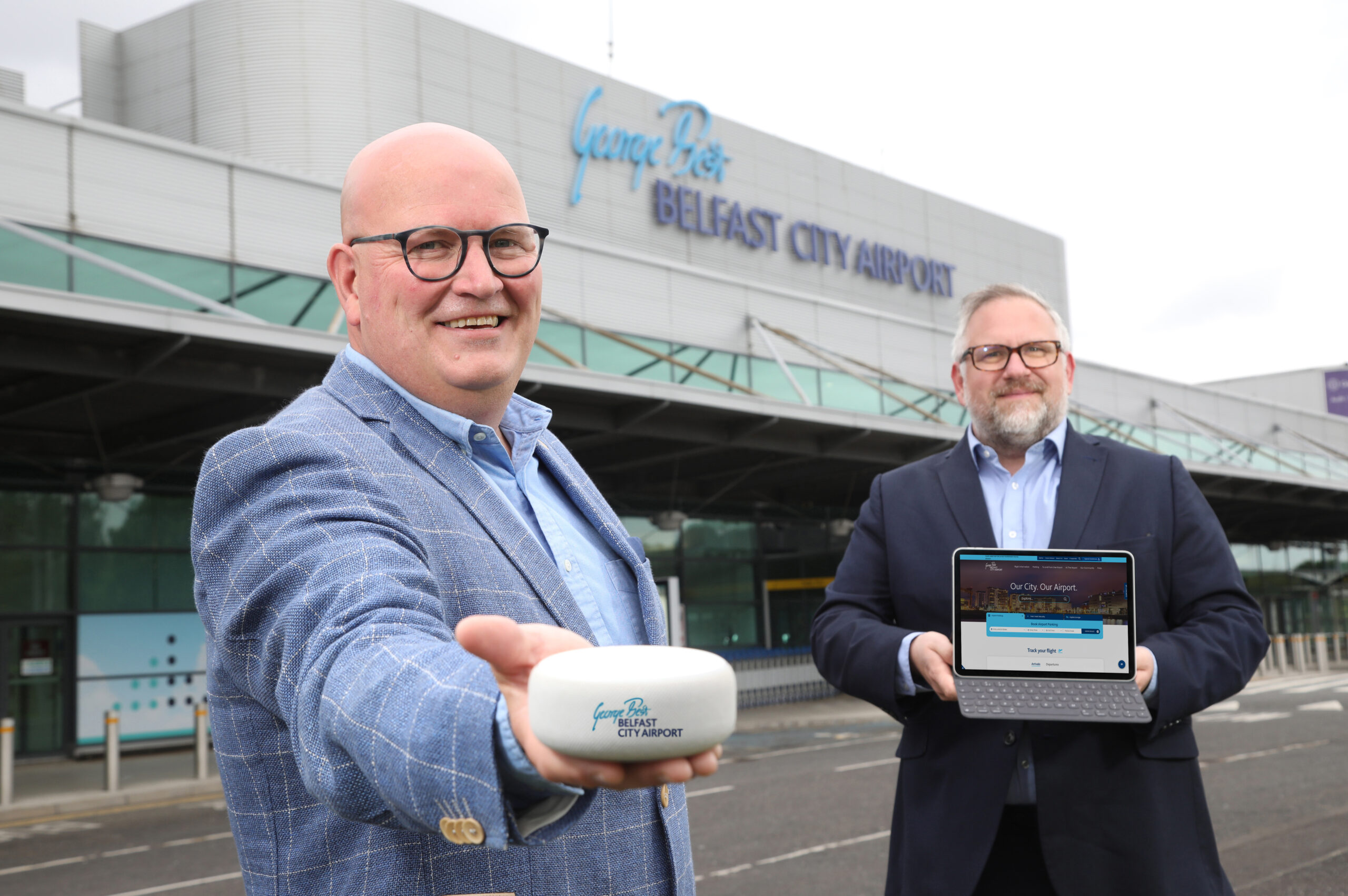Bringing Tech to the Forefront of Pandemic-Era Airport Design: A Win-Win Scenario
- By Sherry Stein Head of Technology Strategy, SITA Americas
A technology-informed approach to planning construction allows airports to enhance the passenger experience while maximizing operational efficiencies and minimizing costs.
In early 2020, the global airport infrastructure was adjusting to record passenger numbers and preparing for a climb to 8.2 billion passengers forecast for 2037. Worldwide, significant investment was being dedicated to airport construction to address this challenge.
Then the pandemic struck and sharp declines in passenger traffic have dashed forecasts, and the resulting financial precarity for the industry has stalled many expansion projects. What is the purpose of discussing airport construction, and the role of technology within it, today?

The reality is that construction will continue, even if at a slower pace, and technology will play a more important role than ever before. A 2019 study by ACI found that US airports were “terminally challenged” and in serious need of updates now — updates that can withstand several decades. Regional airports feel this burden even more so; as travelers migrate from large cities, many have experienced growth that has made the need for automation all the more apparent. Investment in construction continues, but with reduced resources it is clear we must maximize every dollar.
On top of this, the pandemic has placed crucial new demands on airport design: ensuring social distancing protocols are respected in even the most crowded spaces and offering a passenger journey that is not just seamless, but fully touchless. Adaptation to these new requirements could make or break passengers’ confidence in returning to the skies.
Luckily, bringing technology to the forefront of design and construction plans provides a solution to all these concerns, offering a win-win outcome: catering to passengers’ pandemic-era needs while allocating the airport’s budget as effectively as possible and bringing about greater operational efficiencies in the process.
Future-Proofing Airports
The current period of accelerated digital transformation across the industry is an opportunity for airports to adopt a future-oriented approach to construction. The sooner the latest technologies are considered in the airport design process, the more efficient the design will be, and the less redesign will be needed at later stages.
For starters, at a time when travelers are shifting to mobile-driven solutions that allow them to arrive at the airport “ready to fly,” airports can modify traditional lobby design to move from agent-assisted counters to more emphasis on self-service: self-tagging kiosks, self-bag drop systems, or e-gates that provide the autonomy passengers want. Budgets for millwork and raw materials for fixed workstations can be significantly reduced as airports invest instead in these self-service units to be distributed freely across an open, more adaptable airport space.
The budget that is saved on raw materials can then be redirected toward key technologies for the passenger journey. Today few US airports have adopted a fully biometric-enabled passenger journey, but recent examples across the industry, such as San Francisco International Airport and United Airlines’ successful trial of SITA Smart Path to support a low-touch experience and optimize passenger processing, show that biometrics will play a crucial role in the airport of the future. Airports currently going through construction can take notes from those ahead of the curve through proactive moves like considering networking and connectivity requirements from the outset to support camera systems, iOT, internet, and power across all touchpoints. This consideration during the design-build phase prepares the underlying foundation of the airport to be easily biometric-enabled, scalable, and ready for change even before the technology is activated.
Supporting Operational Excellence
Not only does this approach pave the way for the seamless and touchless experience passengers want, but it will drive operational efficiencies and help airports achieve important KPIs. The deployment of SITA Smart Path at Istanbul Airport drove a 30% reduction in boarding times and increased satisfaction of participating passengers and airlines. The resulting shorter aircraft turnaround times help meet goals for reducing carbon emissions, contributing to measurable, quantifiable CSR objectives and supporting the drive toward a sustainable industry.
The benefits for airports do not end there. The more technology is integrated into each passenger touchpoint, the more opportunities exist to collect data for improved decision making and operational efficiency. Data collected at all touchpoints from check-in through boarding can be collated to create a unified view of real-time airport operational events in the form of a Digital Twin. A Digital Twin model allows airport authorities to monitor passenger flows in real time and make informed decisions to maintain social distancing or draw on historical data to anticipate how to manage key checkpoints at high-traffic times. During construction, airports must consider what they want to monitor, measure, and manage; what type of data they want to make available; and how to ensure those sources are available to support their operational needs. Doing so from the outset as part of the initial design is often easier and less costly than retrofitting later.
Considering technology at the earliest stages of the design process will help expedite recovery for airports now and ensure they endure well into the future. We’re here to help.
This article was originally published by SITA.















